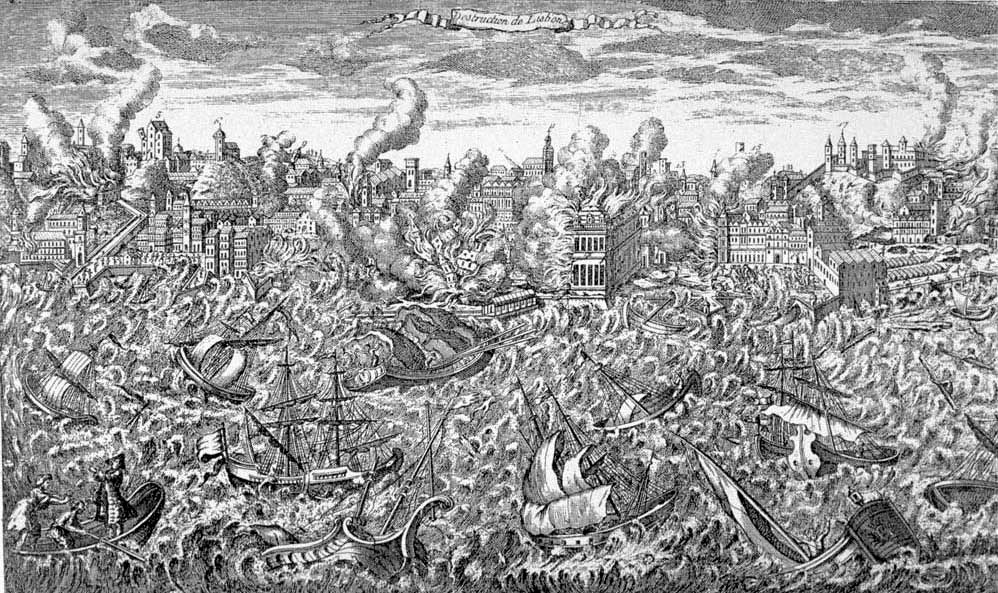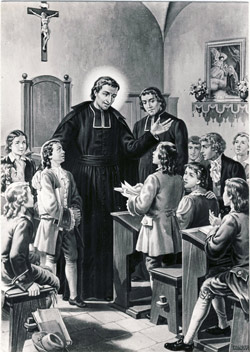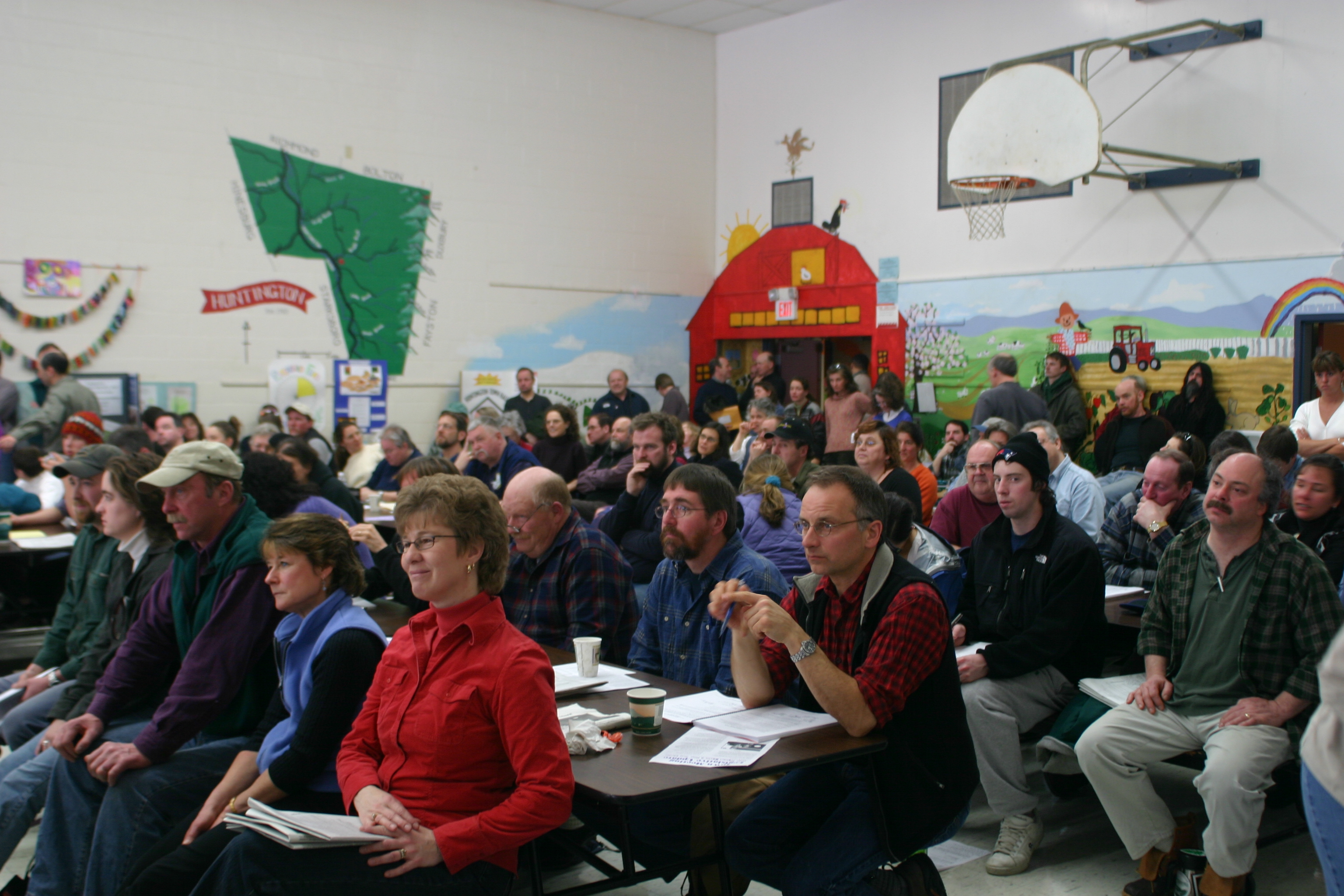|
Joseph Birchard
Joseph Birchard (February 1673 – March 9, 1755) was a member of the Connecticut House of Representatives from Norwalk, Connecticut, Norwalk, Connecticut Colony in the sessions of May 1730 and May 1734. He was the son of John Birchard, a founding settler and town clerk of Norwich, Connecticut, Norwich and Christian Andrews. On December 15, 1709, he, along with Thomas Betts, John Betts, and John Gregory, Jr., was authorized by a town meeting to dam a creek for the purposes of building a grist mill. References {{DEFAULTSORT:Birchard, Joseph 1673 births 1755 deaths Members of the Connecticut House of Representatives Politicians from Norwalk, Connecticut Politicians from Norwich, Connecticut People from Wilton, Connecticut 18th-century members of the Connecticut General Assembly ... [...More Info...] [...Related Items...] OR: [Wikipedia] [Google] [Baidu] |
Connecticut House Of Representatives
The Connecticut House of Representatives is the lower house in the Connecticut General Assembly, the state legislature of the U.S. state of Connecticut. The house is composed of 151 members representing an equal number of districts, with each constituency containing nearly 22,600 residents. Representatives are elected to two-year terms with no term limits. The House convenes within the Connecticut State Capitol in Hartford. History The House of Representatives has its basis in the earliest incarnation of the General Assembly, the "General Corte" established in 1636 whose membership was divided between six generally elected magistrates (the predecessor of the Connecticut Senate) and three-member "committees" representing each of the three towns of the Connecticut Colony (Hartford, Wethersfield, and Windsor). The Fundamental Orders of Connecticut, adopted in 1639, replaced the committees with deputies; each town would elect three or four deputies for six-month terms. Althoug ... [...More Info...] [...Related Items...] OR: [Wikipedia] [Google] [Baidu] |
Thomas Betts
Thomas Betts (June 3, 1650 – between September 5 and December 24, 1717) was a deputy of the General Assembly of the Colony of Connecticut from Norwalk in the sessions of May 1692, and October 1694, and a member of the Connecticut House of Representatives in the sessions of May and October 1704, October 1705, and May 1707. Biography He was born June 3, 1650, in Guilford, Connecticut Colony, the son of Thomas Betts (1615–1688) and Mary Raymond. He was the brother of Samuel Betts Samuel Rossiter Betts (June 8, 1786 – November 3, 1868) was an American attorney, politician, and jurist who served as a United States Representative, United States representative from New York and a United States federal judge, United States .... He moved to Norwalk with his parents in 1664. On December 15, 1709, the town granted, by majority vote, to Joseph Birchard, Thomas Betts, John Betts, and John Gregory, Jr., permission to build a dam for the purpose of a powering a grist mill. Ref ... [...More Info...] [...Related Items...] OR: [Wikipedia] [Google] [Baidu] |
Politicians From Norwich, Connecticut
A politician is a person who participates in policy-making processes, usually holding an elective position in government. Politicians represent the people, make decisions, and influence the formulation of public policy. The roles or duties that politicians must perform vary depending on the level of government they serve, whether local, national, or international. The ideological orientation that politicians adopt often stems from their previous experience, education, beliefs, the political parties they belong to, or public opinion. Politicians sometimes face many challenges and mistakes that may affect their credibility and ability to persuade. These mistakes include political corruption resulting from their misuse and exploitation of power to achieve their interests, which requires them to prioritize the public interest and develop long-term strategies. Challenges include how to keep up with the development of social media and confronting biased media, in addition to discrimi ... [...More Info...] [...Related Items...] OR: [Wikipedia] [Google] [Baidu] |
Members Of The Connecticut House Of Representatives
Member may refer to: * Military jury, referred to as "Members" in military jargon * Element (mathematics), an object that belongs to a mathematical set * In object-oriented programming, a member of a class ** Field (computer science), entries in a database ** Member variable, a variable that is associated with a specific object * Limb (anatomy), an appendage of the human or animal body ** Euphemism for penis * Structural component of a truss, connected by nodes * User (computing), a person making use of a computing service, especially on the Internet * Member (geology), a component of a geological formation * Member of parliament * The Members, a British punk rock band * Meronymy, a semantic relationship in linguistics * Church membership, belonging to a local Christian congregation, a Christian denomination and the universal Church * Member, a participant in a club or learned society A learned society ( ; also scholarly, intellectual, or academic society) is an organizat ... [...More Info...] [...Related Items...] OR: [Wikipedia] [Google] [Baidu] |
1755 Deaths
Events January–March * January 23 (O. S. January 12, Tatiana Day, nowadays celebrated on January 25) – Moscow University is established. * February 13 – Treaty of Giyanti: The kingdom of Mataram on Java is divided in two, creating the sultanate of Yogyakarta and the sunanate of Surakarta. * March 12 – A steam engine is used in the American colonies for the first time as New Jersey copper mine owner Arent Schuyler installs a Newcomen atmospheric engine to pump water out of a mineshaft. * March 22 – Britain's House of Commons votes in favor of £1,000,000 of appropriations to expand the British Army and Royal Navy operations in North America. * March 26 – General Edward Braddock and 1,600 British sailors and soldiers arrive at Alexandria, Virginia on transport ships that have sailed up the Potomac River. Braddock, sent to take command of the British forces against the French in North America, commandeers taverns and private homes to ... [...More Info...] [...Related Items...] OR: [Wikipedia] [Google] [Baidu] |
1673 Births
Events January–March * January 22 – Impersonator Mary Carleton is hanged at Newgate Prison in London, for multiple thefts and returning from penal transportation. * February 10 – Molière's '' comédie-ballet'' '' The Imaginary Invalid'' premiers in Paris. During the fourth performance, on February 17, the playwright, playing the title rôle, collapses on stage, dying soon after. * March 29 – Test Act: Roman Catholics and others who refuse to receive the sacrament of the Church of England cannot vote, hold public office, preach, teach, attend the universities or assemble for meetings in England. On June 12, the king's Catholic brother, James, Duke of York, is forced to resign the office of Lord High Admiral because of the Act. April–June * April 27 – '' Cadmus et Hermione'', the first opera written by Jean-Baptiste Lully, premières at the Paris Opera in France. * May 17 – In America, trader Louis Joliet and Jes ... [...More Info...] [...Related Items...] OR: [Wikipedia] [Google] [Baidu] |
Grist Mill
A gristmill (also: grist mill, corn mill, flour mill, feed mill or feedmill) grinds cereal grain into flour and Wheat middlings, middlings. The term can refer to either the grinding mechanism or the building that holds it. Grist is grain that has been separated from its chaff in preparation for mill (grinding), grinding. History Early history The Greek geographer Strabo reported in his ''Geography'' that a water-powered grain-mill existed near the palace of king Mithradates VI Eupator at Cabira, Asia Minor, before 71 BC. The early mills had horizontal paddle wheels, an arrangement which later became known as the "Norse wheel", as many were found in Scandinavia. The paddle wheel was attached to a shaft which was, in turn, attached to the centre of the millstone called the "runner stone". The turning force produced by the water on the paddles was transferred directly to the runner stone, causing it to grind against a stationary "Mill machinery#Watermill machinery, bed", a ... [...More Info...] [...Related Items...] OR: [Wikipedia] [Google] [Baidu] |
Town Meeting
Town meeting, also known as an "open town meeting", is a form of local government in which eligible town residents can directly participate in an assembly which determines the governance of their town. Unlike representative town meeting where only elected representatives can participate in the governing assembly, any town voter may participate in an open town meeting. This form is distinct from town hall meetings held by elected officials to communicate with their constituents, which have no decision-making power. At a town meeting, attendees determine the ordinances or rules of the town, its boards and commissions, elected and appointed positions, capital investments, expenditures, budgets, and local taxation, as well as the manner and frequency of future town meetings. Because towns self-govern and maintain their autonomy, town meetings vary from state to state, as well as from town to town. Since town residents directly participate in their own governance and represent th ... [...More Info...] [...Related Items...] OR: [Wikipedia] [Google] [Baidu] |
Wilton, Connecticut
Wilton is a New England town, town in Fairfield County, Connecticut, United States. As of the 2020 United States census, 2020 census, the town population was 18,503. The town is part of the Western Connecticut Planning Region, Connecticut, Western Connecticut Planning Region. Officially recognized as a parish in 1726, Wilton today is a residential community with open lands, historic architecture such as the Round House (Connecticut), Round House, and many colonial homes. Many residents commute to nearby cities such as Stamford, Connecticut, Stamford or New York City. Wilton has offices for many large corporations such as: ASML Holding, ASML, Breitling SA, Cannondale Bicycle Corporation, Melissa & Doug, and formerly Deloitte. The headquarters of AIG Financial Products, whose collapse played a pivotal role in the 2008 financial crisis, is also located in Wilton. [...More Info...] [...Related Items...] OR: [Wikipedia] [Google] [Baidu] |
Norwalk, Connecticut
Norwalk is a city in Fairfield County, Connecticut, United States. The city, part of the New York metropolitan area, New York Metropolitan Area, is the List of municipalities of Connecticut by population, sixth-most populous city in Connecticut as of the 2020 United States census, 2020 census, with a population of 91,184. Norwalk is on the northern shore of Long Island Sound and was first settled in 1649. History Roger Ludlow purchased the areas east of the Norwalk River from Chief Mahackemo of the Norwaake (or Naramauke) Indians in 1640. Norwalk was settled in 1649, incorporated September 1651, and named after the Mohegan-Pequot language, Algonquin word , meaning "point of land", or more probably from the Native American name "Naramauke". The Battle of Norwalk took place during the Revolutionary War, and led to the burning of most of the town. In 1836, the borough of Norwalk was created, covering the central area of the town. In 1853, the first ever train disaster in the Uni ... [...More Info...] [...Related Items...] OR: [Wikipedia] [Google] [Baidu] |
Connecticut Colony
The Connecticut Colony, originally known as the Connecticut River Colony, was an English colony in New England which later became the state of Connecticut. It was organized on March 3, 1636, as a settlement for a Puritans, Puritan congregation of settlers from the Massachusetts Bay Colony led by Thomas Hooker. The English would secure their control of the region in the Pequot War. Over the course of the colony's history it would absorb the neighboring New Haven Colony, New Haven and Saybrook Colony, Saybrook colonies. The colony was part of the briefly-lived Dominion of New England. The colony's founding document, the Fundamental Orders of Connecticut has been called the first written constitution of a democratic government, earning Connecticut the nickname "The Constitution State". History Prior to European settlement, the land that would become Connecticut was home to the Wappinger, Wappinger Confederacy along the western coast and the Niantic people, Niantics on the eastern ... [...More Info...] [...Related Items...] OR: [Wikipedia] [Google] [Baidu] |




